Vostochny Space Launch Center
The first launch from the new cosmodrome took place on April 28, 2016, with the Soyuz 2.1A rocket successfully taking off. But before reaching the launch pad the rocket made a long way to go.
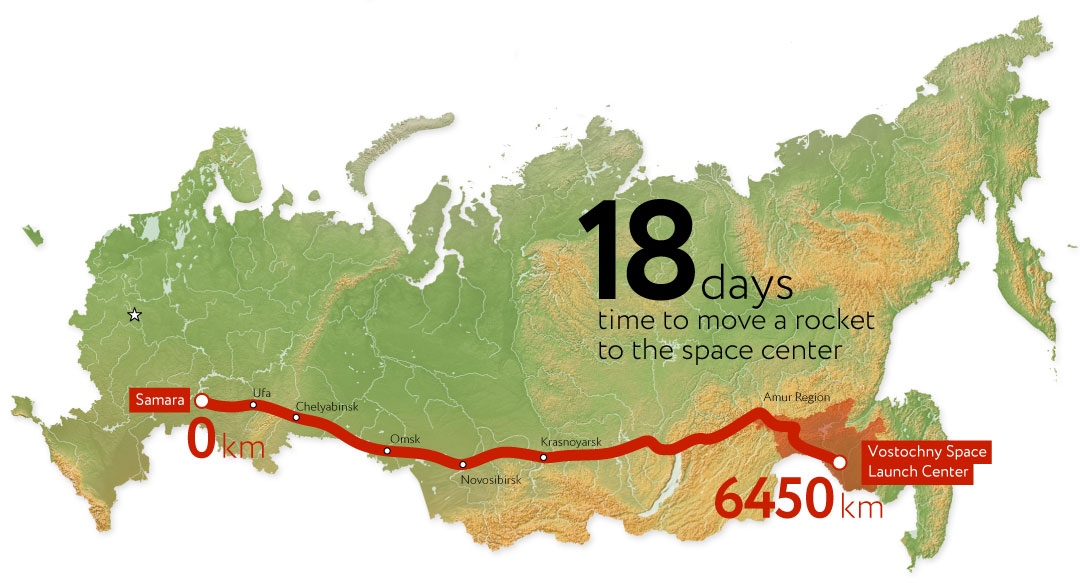
Progress Plant
The Soyuz 2.1A launch vehicle that orbits a payload is assembled at the Progress Plant in Samara. The rocket is tested, painted, dismantled and loaded onto a special train for the space center
Assembly in Omsk
Production site of Angara carrier rockets, which will also lift off from Vostochny, will be relocated from Moscow to Omsk to reduce the distance to the launch center and delivery expenses
meters
that has been
assembled
special
railcars
carrying dissembled
rocket
Trains alone deliver rockets to Russian space centers. An airfield will be built in Vostochny to deliver satellites and other equipment for future manned missions.
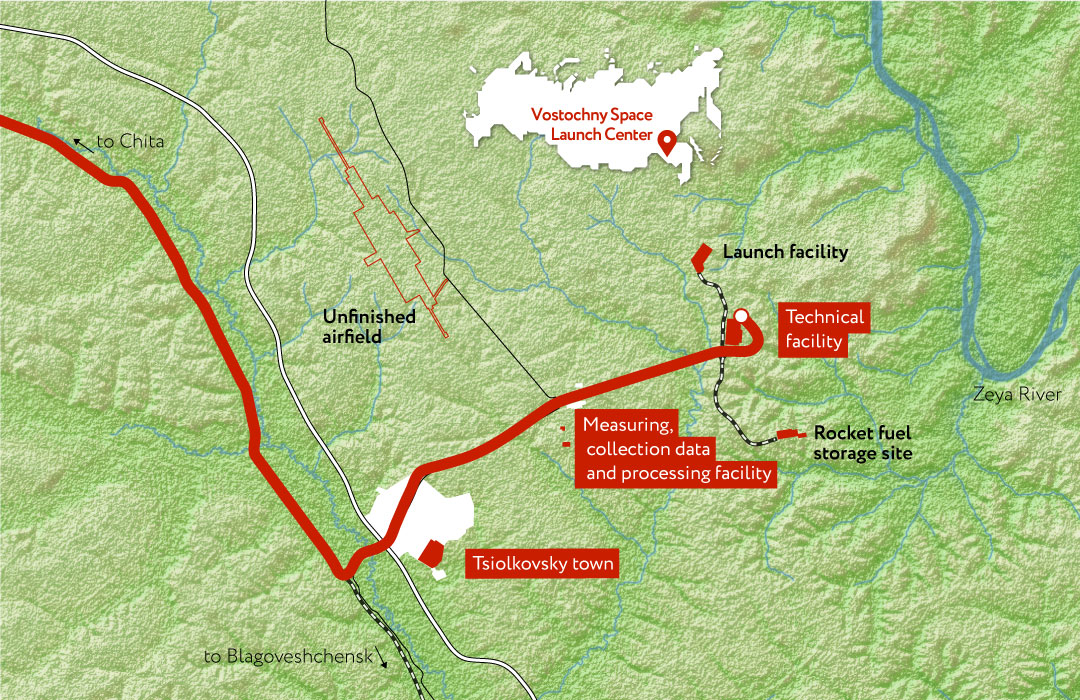
Tsiolkovsky town
The rocket train arrives at a railway station in the town of Tsiolkovsky, formerly Uglegorsk. An academic village for over 25,000 people will be built here in the next few years
Communications center
It receives data from launched rockets, boosters and spacecraft. On July 17, 2015, the new space center hosted the first communications session, with operators receiving telemetric data from the International Space Station
Technical facility
Rockets are reassembled at the vehicle assembly and testing building. Satellites to be launched at the site are prepared in another section of the building
total area
and facilities
at the space center
The mobile umbilical tower also boasts state-of-the-art technology. This “building on rails” moves toward the rocket on the launch pad prior to liftoff and provides access to the rocket’s systems.
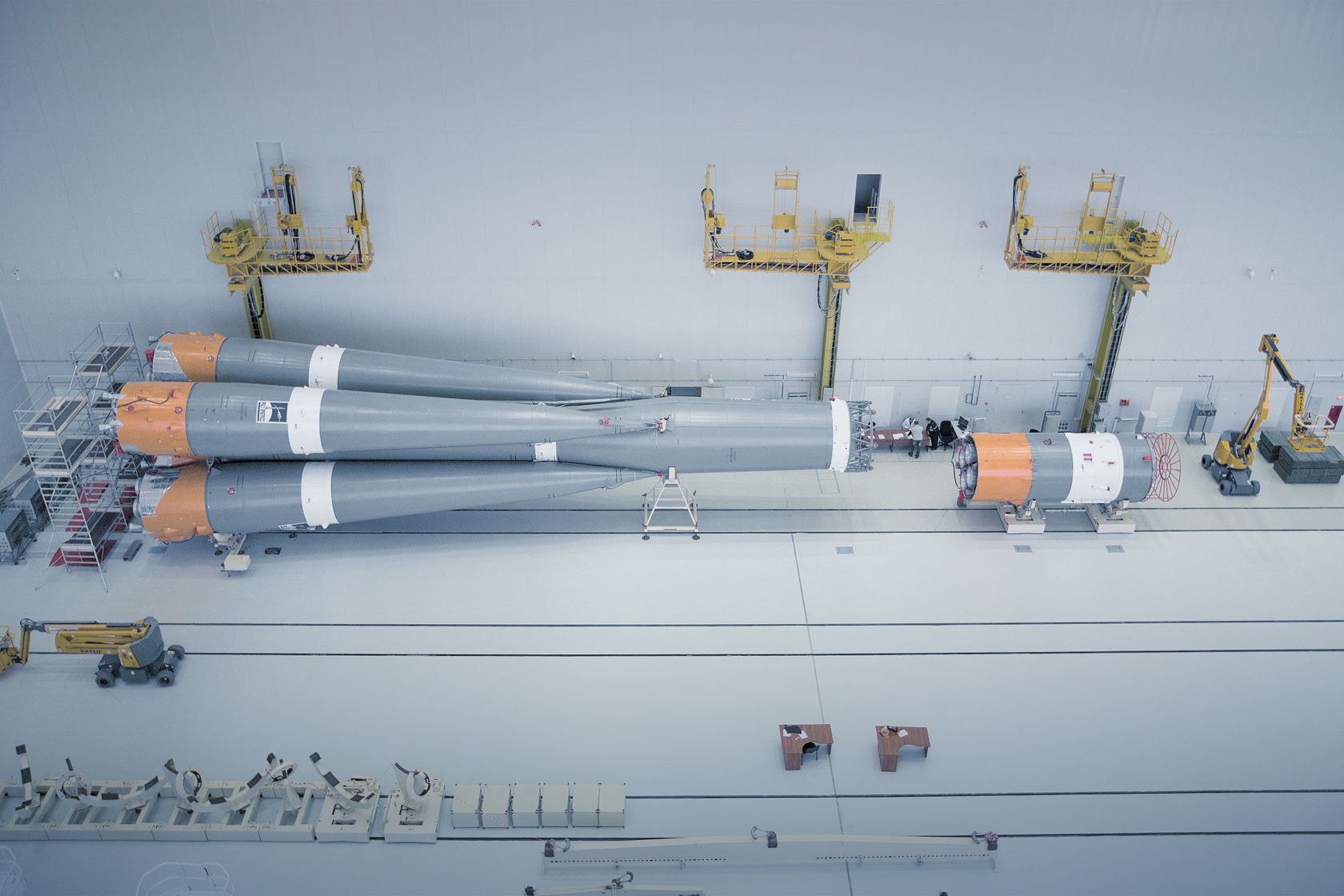
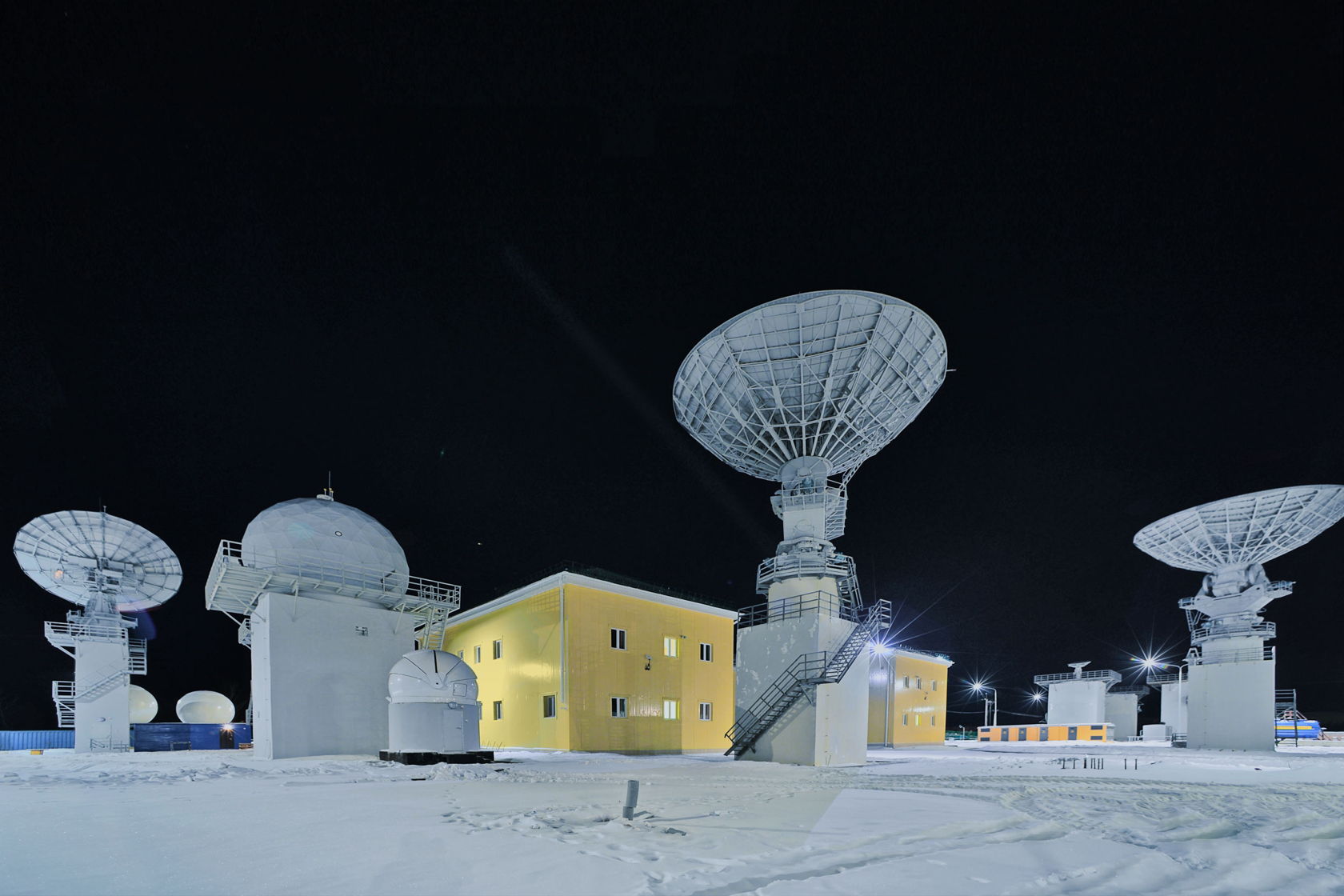
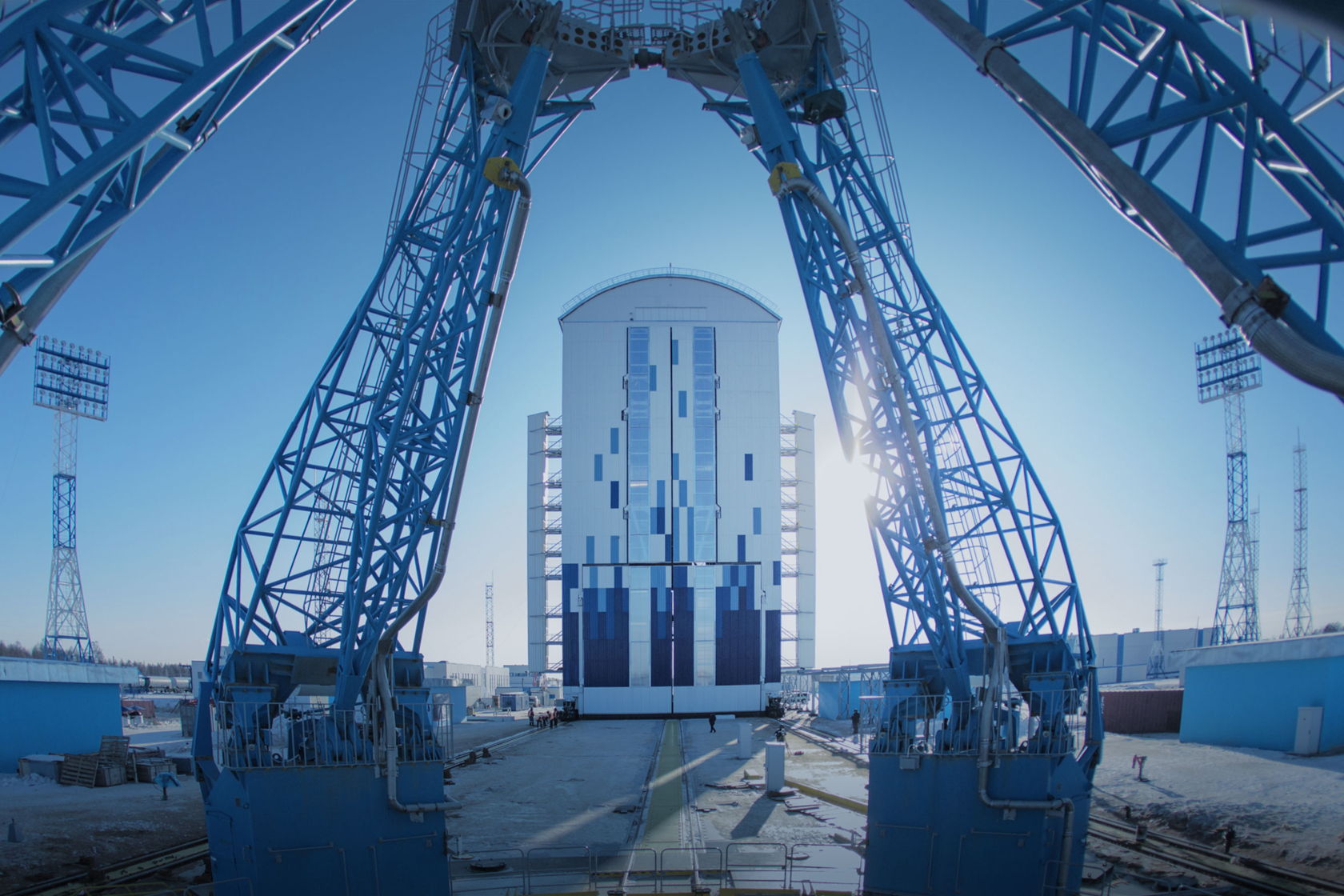
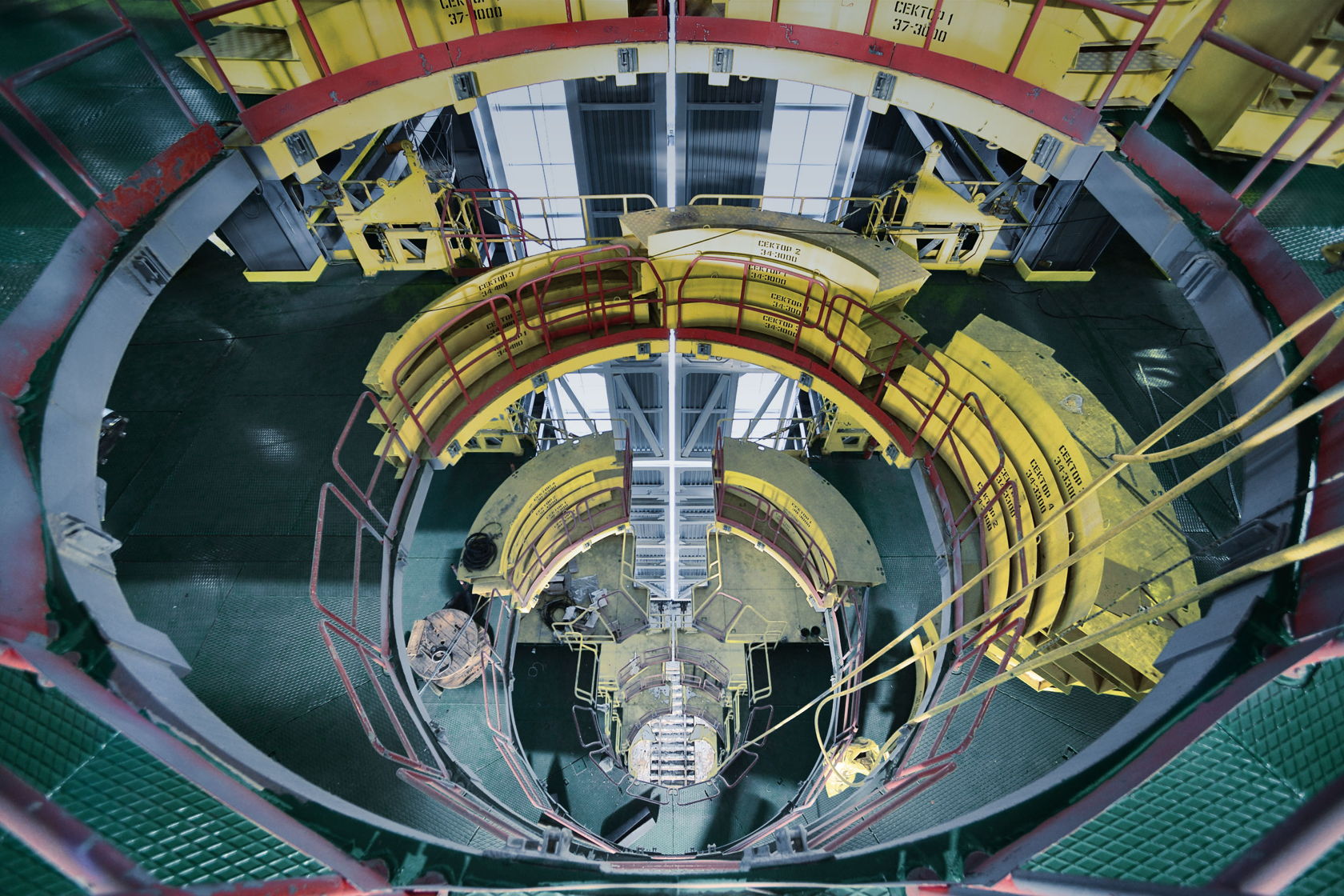
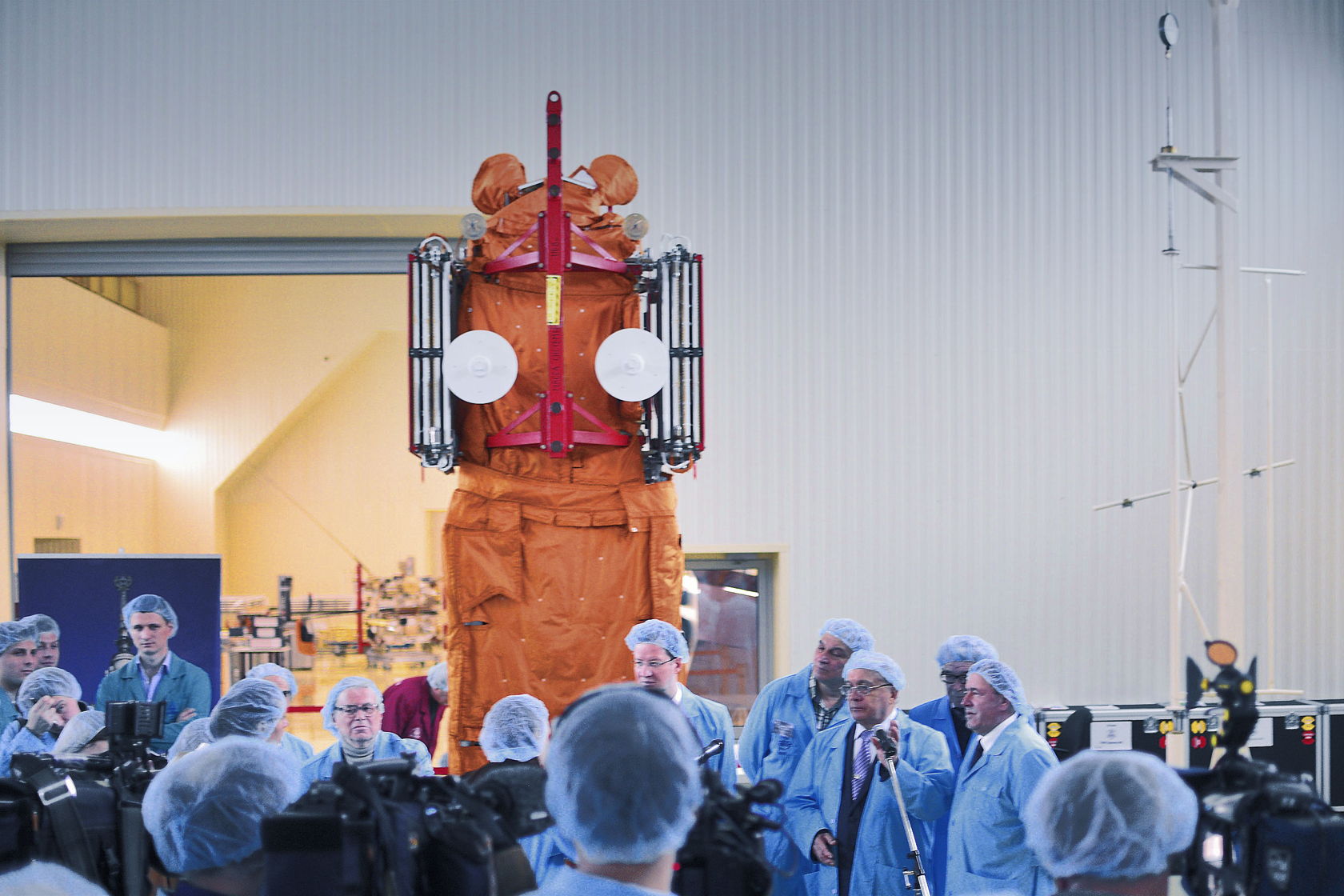
and liftoff
The rocket is positioned vertically at the launch pad. The mobile umbilical tower is then hooked up to the rocket, the mains are connected, and the launch vehicle is fueled. 60 minutes before fueling is complete, the umbilical tower is moved back 80 meters from the launch pad. The rocket is ready for liftoff!
launch vehicle
successful
launches
- Fuel
- Kerosene
- Oxidizer
- Liquid oxygen
- Liftoff weight
- 312 metric tons
bln rubles
cost of one
launch
- Low orbit
- 7.4 metric tons
- Geostationary transfer orbit
- 4.2 metric tons
- Geostationary orbit
- 0.5 metric tons
cone
(fuel – heptyl)
engine
A launch pad for heavy-duty Angara launch vehicles will be built by 2021. Unlike the Proton, the Angara can orbit heavier payloads and uses non-toxic fuel. After 2030, the space center will be able to launch super-heavy rockets, including those for lunar missions.
Aleksandr Bogachev
Maps:
Anna Osyuk
Designers:
Alexei Ptitsyn,
Nika Milovidova
3D graphics:
Maxim Petrov
Programmers:
Maxim Shishkin,
Vladimir Kononov
Filipp Terekhov
Creative Director:
Alexander Vershinin
Studio Supervisor:
Mikhail Simakov
Art Director:
Anton Stepanov
Translator:
Vasily Grodsky